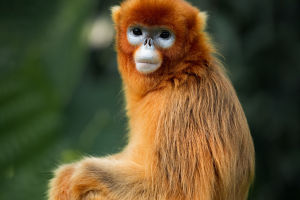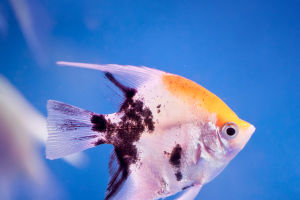Nestled in the treetops of Australia's eucalyptus forests, the iconic koala (Phascolarctos cinereus) stands as a symbol of both cuteness and resilience.
With their fluffy appearance, endearing round faces, and distinctive teddy bear-like ears, koalas have captured the hearts of people worldwide.
Beyond their undeniable charm, these marsupials possess a range of unique adaptations and ecological significance. In this article, we will delve into the world of koalas, exploring their habitat, lifestyle, dietary habits, and conservation status.
Koalas are native to the eastern and southeastern regions of Australia, primarily inhabiting the eucalyptus forests of Queensland, New South Wales, Victoria, and South Australia. These arboreal mammals spend most of their lives perched in trees, with a preference for eucalyptus trees due to their nutrient-rich leaves, which make up the bulk of their diet.
Despite their endearing appearance, koalas possess a robust build to navigate their arboreal lifestyle. They measure approximately 60 to 85 centimeters in length, with males being larger than females.
Koalas have sharp claws and strong limbs adapted for gripping tree branches, and their dense fur provides insulation against extreme temperatures and aids in water resistance. Their coloration varies from silver-gray to brown, providing camouflage amidst the eucalyptus foliage.
Eucalyptus leaves form the cornerstone of a koala's diet. These leaves are tough, fibrous, and low in nutrients, but koalas possess specialized adaptations to handle them.
Their teeth and jaws are specifically designed to grind and process these leaves efficiently. Additionally, koalas have a unique digestive system that allows them to break down the toxins present in eucalyptus leaves, which are poisonous to many other animals.
Koalas are primarily solitary creatures, with each individual occupying a home range that encompasses several trees.
They are nocturnal, spending most of their waking hours during the night feeding on eucalyptus leaves and conserving energy during the day by sleeping for up to 18-20 hours. When active, they move slowly and deliberately, with a calm and placid demeanor.
Koalas have a relatively low reproductive rate. Females, called "doe," typically give birth to one joey at a time, which remains in their pouch for about six months. The joey then rides on its mother's back for an additional six months until it becomes independent. The entire process ensures that the joey receives proper care and protection during its vulnerable stages.
Despite their status as a beloved emblem of Australia, koalas face numerous threats to their survival. Habitat loss due to urbanization, deforestation, and wildfires has greatly impacted their populations.
Other threats include climate change, diseases such as chlamydia, dog attacks, and vehicle collisions. As a result, the International Union for Conservation of Nature (IUCN) lists the koala as "vulnerable."
Efforts are underway to protect and conserve the koala populations. Conservation initiatives include the establishment of wildlife reserves, the planting of eucalyptus corridors to connect fragmented habitats, and the implementation of strict regulations for land use and development.
Research and monitoring programs are also vital to understanding koala populations and implementing effective conservation strategies.
The koala's enchanting charm and ecological significance make it a beloved symbol of Australia's wildlife.


